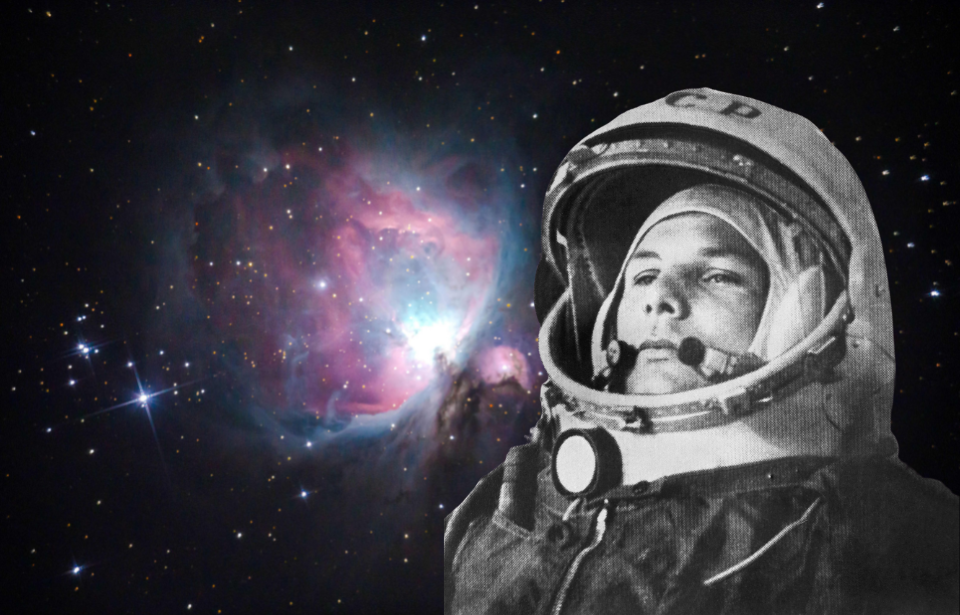During the 1960s, rumors circulated that the Soviet Union had been sending people to space long before they announced their first successful launch. Experiments frequently occurred while the USSR and the United States each fought to reach space first, and the former’s tendency to keep things a secret allowed for rumors to spread. Lost cosmonauts became a huge concern, with many believing the USSR had launched them into space without a way of returning to Earth.
The Space Race led to rumors about the USSR’s lost cosmonauts

The Space Race between the US and the Soviet Union lasted for two decades. Both were fighting for dominance in space, giving them the highest of high grounds in any future conflicts. In the end, it was the USSR that first put a satellite into orbit, and the first to send a man into the cosmos.
The Soviets handled the publicity around their space missions differently than the US. Unlike the latter, which made every NASA endeavor public knowledge, the USSR practiced secrecy around their own efforts. Unfortunately for the Soviet space program, not everything could be kept a secret.
During the 1970s, it was revealed that, in their attempt to hide any and all space-related failures, the Soviets had commissioned artists to airbrush certain cosmonauts out of photographs. They also had these individuals removed from the historical record. It was these actions that led skeptics to believe that some larger cover-up was afoot.
Successful (and disastrous) Soviet space missions
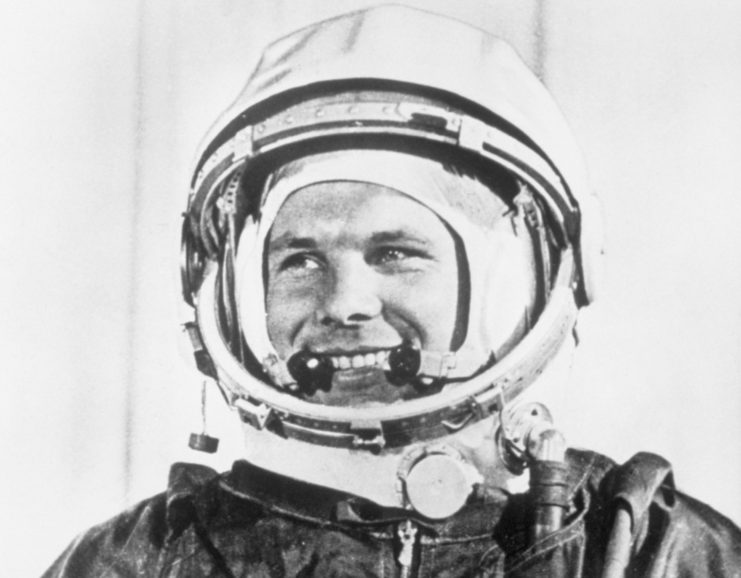
Not all Soviet space missions were shrouded in secrecy – many were highly-publicized. The most famous was the launch of the first human being into space. On April 12, 1961, cosmonaut Yuri Gagarin orbited the Earth for an hour and forty-eight minutes, before landing back down in Saratov Oblast.
There were several other successful – and disastrous – missions before and after Gargarin’s history-making journey. On October 4, 1957, the USSR launched the world’s first satellite into space, Sputnik 1. Just over three years later, the Nedelin Disaster occurred. A prototype Soviet R-16 intercontinental ballistic missile (ICBM) was being prepared for a test flight when its second stage engine accidentally ignited. The incident resulted in the deaths of nearly 100 individuals.
On April 23, 1967, Vladimir Komarov volunteered to take part in a space mission he knew full well was unsafe, to spare the life of Gagarin, who was his best friend. There were several issues with the spacecraft, with the worst being a malfunctioning parachute release, which caused Komarov to plummet to Earth. He subsequently became the first man to die in a space flight.
Korabl-Sputnik 1
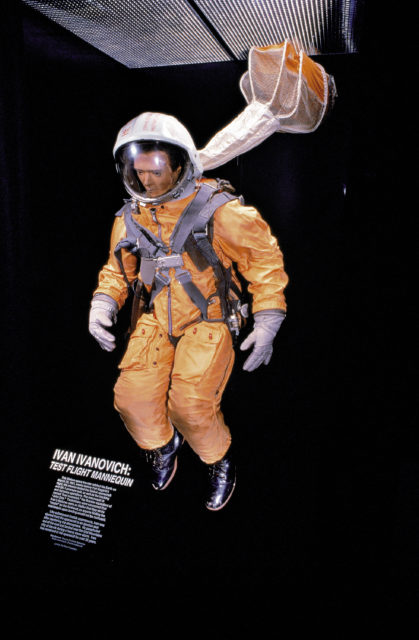
One of the earliest supporters of the lost cosmonauts theory was science-fiction author Robert A. Heinlein. In 1960, he published an article, titled Pravda means “Truth,“ which outlined how, on May 15, 1960, he was told of Soviet space secrets while traveling in occupied Lithuania. He explained that Red Army cadets had told him how the Soviet Union had “launched a man into orbit that day.”
The launch in question was Korabl-Sputnik 1, which served as the precursor for human spaceflight. The spacecraft suffered from mechanical failures that caused its guidance system to veer it off-course. As such, Korabl-Sputnik 1 couldn’t be retrieved, leaving it temporarily stranded, orbiting the Earth.
Soviet officials quickly denied that the spacecraft was manned. If it had been, this would certainly have served as an example of a lost cosmonaut. However, the “man” operating it was a mannequin nicknamed Ivan Ivanovich. It was placed inside the spacecraft wearing a fully-functional spacesuit.
As well, it turns out pieces of the spacecraft did re-enter the Earth’s atmosphere, just at separate times.
The Judica-Cordiglia brothers’ recordings spark further theories
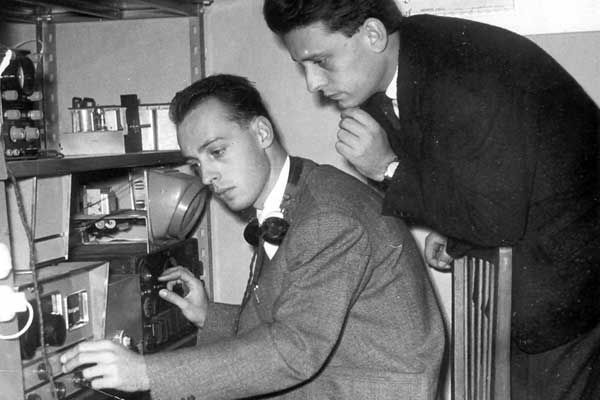
What gave the lost cosmonauts theory the most traction was the alleged recordings of several failed manned Soviet space missions by Italian brothers Achille and Giovanni Judica-Cordiglia. The pair lived just outside of Turin, Italy, directly beneath the orbital path of Soviet launches.
They’d collected radio equipment and set it up in an old German bunker to record radio signals. Interestingly, three days after the brothers claimed to have heard a Soviet spacecraft successfully orbit the Earth, the USSR announced it had launched Gagarin into space.
The pair claimed to have nine recordings of emergency transmissions from failed Soviet “manned” space missions that hadn’t been made public. One allegedly was an SOS message, sent in Morse code, that become more and more faint, suggesting those onboard the Soviet spacecraft were getting lost in deep space.
The brothers also claimed they’d picked up the sound of a Russian woman’s voice saying she could see flames during re-entry. Supposedly, she’d also asked mission control if her spacecraft was going to explode. In another recording, dated February 1961, they reportedly heard a cosmonaut suffocating to death.
If the Judica-Cordiglia brothers’ recordings are real, then there were several lost cosmonauts the Soviets tried to keep a secret. However, the pair’s claims and their recordings have largely been written off as forgeries.
Lost cosmonauts or high-altitude parachutists?
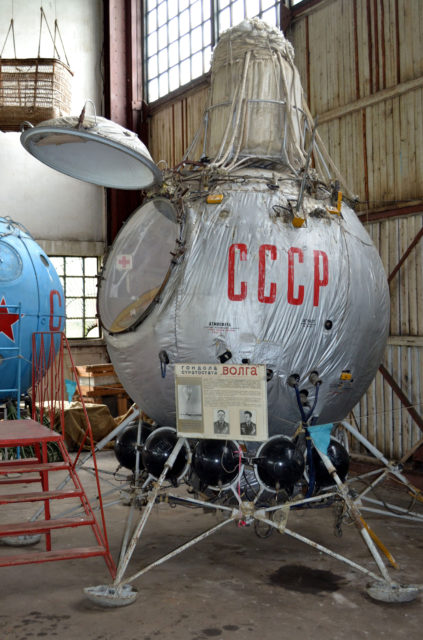
Another argument suggested the Soviet Union had lost cosmonauts related to several high-altitude parachutists. Col. Pyotr Dolgov, Ivan Kachur and Alexey Grachov were all professional high-altitude parachutists who’d been carrying out a drop on November 1, 1962.
They’d risen to an altitude of 28,640 meters in a Volga balloon gondola and were ready to make the jump. The official record states that Dolgov was killed after his helmet visor hit part of the gondola upon exit, causing his suit to depressurize and ultimately killing him. Both Kachur and Grachov were believed to be involved in the jump that day, but disappeared afterward.
Later on, the trio’s colleague, retired high-altitude parachutists Alexey Timofeyevich Belokonov, said they weren’t involved in space missions. These were strictly high-altitude flights, so they couldn’t be considered lost cosmonauts. The story was simply exaggerated to support the theory.
Soviet secrecy led to more questions and theories
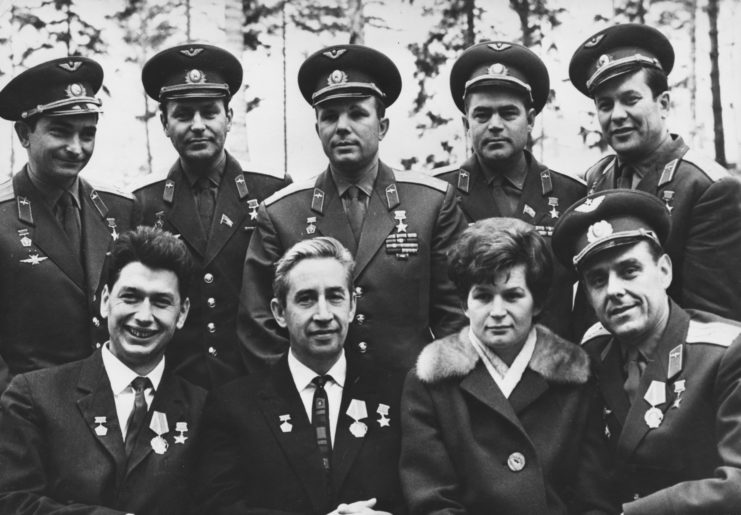
The reason the lost cosmonaut discussion existed in the first place was because the Soviets were cautious about broadcasting their endeavors. They were very particular about who they allowed to represent the USSR, and this caution led to a whirlwind of theories.
Several Soviet cosmonauts were removed from the historical record and photographs, not because they were lost in space, but because they either had health problems or had gotten into trouble. Officials simply couldn’t allow someone with a tainted record represent the country’s space program.
New! Want to become a trivia master? Sign up for our War History Fact of the Day newsletter!
More from us: John Bennett Herrington: Naval Aviator and the First Native American to Travel to Space
Investigators have searched for and found several of the “lost cosmonauts” removed from these images and confirmed they hadn’t been lost in space and were, in fact, still alive. However, that doesn’t necessarily mean that each one has been located.
